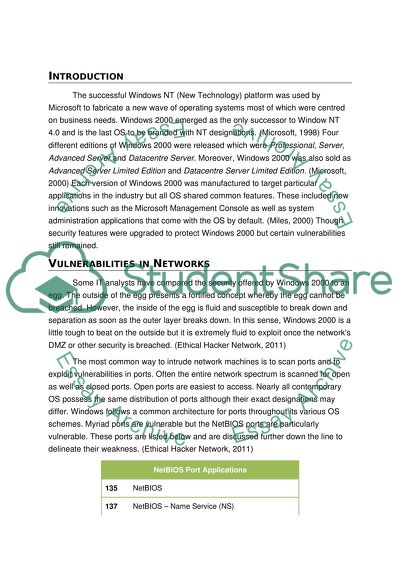Cite this document
(“How an Intruder Using ONLY the TCP/138 Port Can Break into a Windows Essay”, n.d.)
Retrieved from https://studentshare.org/information-technology/1430054-report-discussing-how-an-intruder-using-only-the
Retrieved from https://studentshare.org/information-technology/1430054-report-discussing-how-an-intruder-using-only-the
(How an Intruder Using ONLY the TCP/138 Port Can Break into a Windows Essay)
https://studentshare.org/information-technology/1430054-report-discussing-how-an-intruder-using-only-the.
https://studentshare.org/information-technology/1430054-report-discussing-how-an-intruder-using-only-the.
“How an Intruder Using ONLY the TCP/138 Port Can Break into a Windows Essay”, n.d. https://studentshare.org/information-technology/1430054-report-discussing-how-an-intruder-using-only-the.


